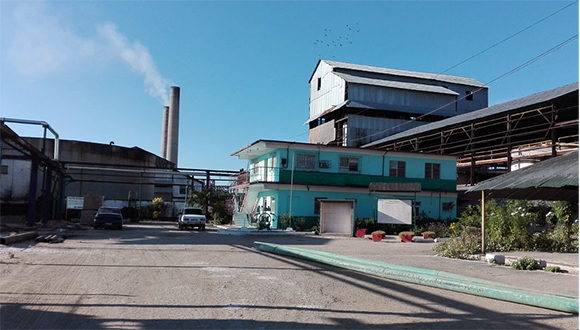
The simpletons that still ignore or try to minimize the historical scope of the affectations of the blockade on the Cuban economy, should know that the lean results achieved by Las Tunas in the recently concluded sugar harvest were a result of that criminal policy, in a very high percent.
Las Tunas, Cuba.- As much as the province tried to make its way in the middle of a path of obstacles, very slippery in its last section, it was not possible to keep up with the daily operations of cutting, lifting, transporting, and milling sugarcane as planned.
Throughout the season, the stops of the Antonio Guiteras and Majibacoa sugar mills were continuous and sometimes up to several days due to the lack of fuel or excess moisture in the operation areas for mechanized cane cutting, which is responsible for the supply of more than 95 percent of the tandems capacity.
Elements provided by Eddy Felipe Hechavarría, deputy director of the Azcuba coordination and support group on the Cuban Eastern Balcony, show, for example, that after the three millings that Antonio Guiteras Colossus made in April, it remained stopped up to the end of the campaign.
It is worth noting, however, that its early stoppage was also influenced by the decision to strengthen "Majibacoa" with raw material from the supply areas of the "Colossus", to speed up the fulfillment of the youngest of the Las Tunas sugar mills, and thus obtain greater utility, both from the fuel and the sugarcane to be harvested.
To better illustrate the good performance of the Majibacoa sugar mill at that time, allow me to bring up a paragraph of the information we published on April 26.
"Only extraordinary facts - such as, for example, a deluge or the lack of fuel - could prevent the 3,900 tons that are missing as of Wednesday from being completed before the International Workers' Day."
And that was just what happened. The negative combination of fuel shortage with excess moisture caused the workers' collective to be left at only 142 tons of sugar in compliance with the production plan.
That gives an idea of the high cost of such incidentals and others charged to the main indicators that measure the efficiency of the harvest. I will only mention, as an example, that more than 300 thousand tons of cane were not milled, whose sugar contribution would have been around 30 thousand tons, according to calculations of experts in the matter.
Now the summaries, analysis, reflections, and comments in one or other directions will come. But what should not be missing in each case, is the conviction that, regardless of the shortages of the minimal logistics, it could have been done more on all fronts.
In that context, Rafael Pantaleón Quevedo, the head of the Azcuba coordination and support group in Las Tunas, caught the attention regarding the need for managers to adapt their way of acting and thinking about the imperative of making short-term, efficient campaigns, and with the minimum possible resources; a challenge that now begins with the realization of Technical Standard 52 (cleaning, diagnosis, disarmament, and conservation of industrial and agricultural machinery).





